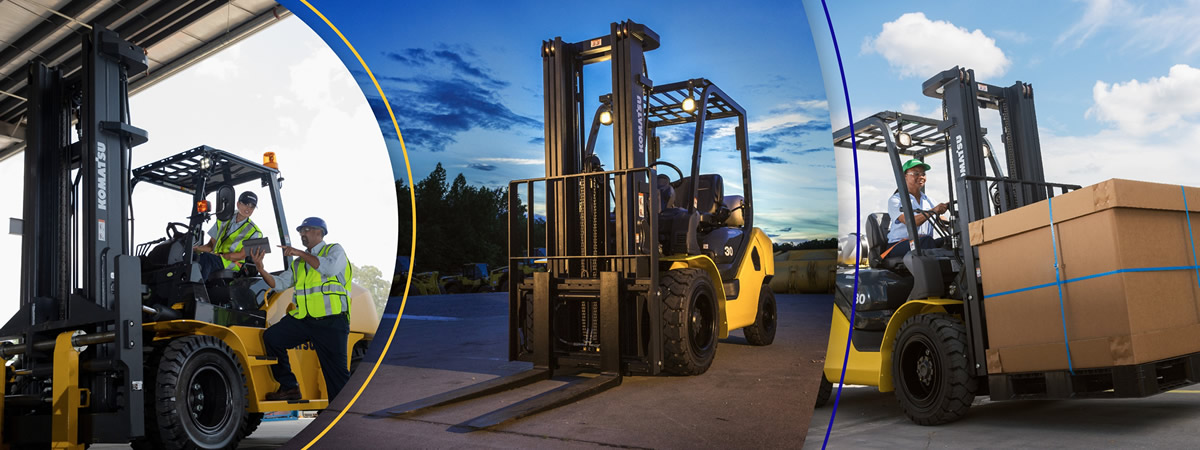
In recent years, the logistics and warehousing sectors have increasingly turned to eco-friendly solutions to enhance operational efficiencies and reduce overhead costs. According to the Material Handling Industry of America (MHIA), the demand for electric forklifts, particularly used electric forklifts, has surged, driven by a need for sustainable practices and reduced carbon footprints. It is estimated that the market for electric forklifts will reach approximately $25 billion by 2025. This shift not only reflects a growing awareness of environmental impact but also showcases the economic advantages of utilizing refurbished equipment, which can deliver substantial savings for businesses looking to optimize their supply chain operations.
However, integrating used electric forklifts into existing warehouse systems isn't without its challenges. Efficiency in warehouse operations is crucial, as studies show that operational inefficiencies can cost companies up to 30% of their revenue. Many warehouses struggle with outdated equipment and processes that hamper productivity. By exploring innovative uses of used electric forklifts, businesses can overcome these challenges and improve overall warehouse efficiency. Identifying the right applications for these forklifts can also lead to enhanced safety measures and better resource allocation, paving the way for a smarter, more effective logistics framework.
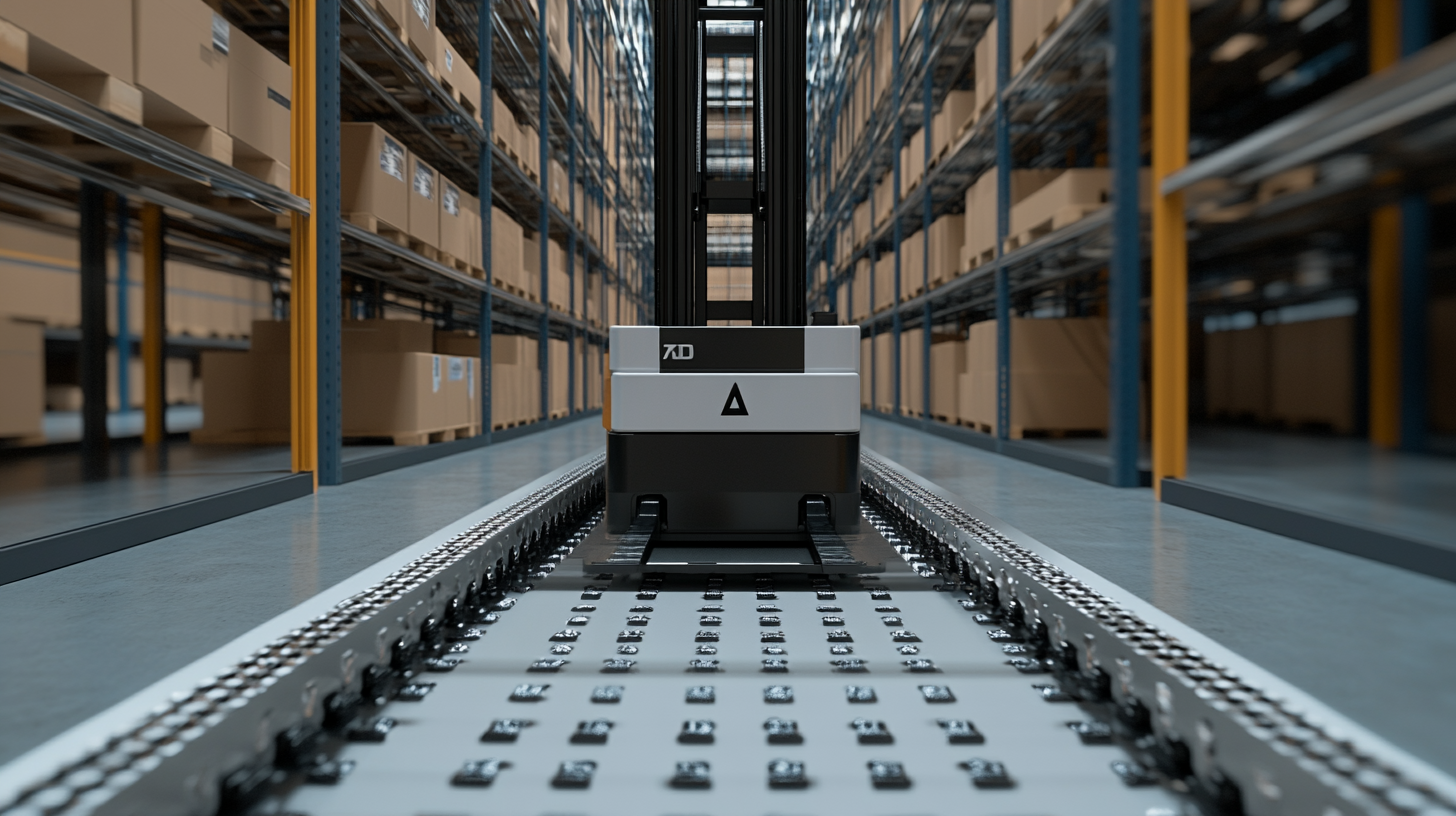
As warehouses continue to evolve in the pursuit of greater efficiency, the innovative reuse of retired electric forklifts offers a unique solution to enhance operations. Once an essential component within warehouse logistics, these electric forklifts can be creatively repurposed into a variety of applications, reducing waste and maximizing resource use. For instance, older electric forklifts can be transformed into mobile workstations, providing a convenient platform for repair and maintenance tasks or even as delivery platforms within large facilities. Another exciting avenue for repurposing used electric forklifts is in the realm of training and simulation. By converting these machines into training tools, warehouses can create realistic environments for employee onboarding and skill development. This not only fosters a safer learning environment but also prolongs the service life of the equipment by keeping it in productive use, even if it’s no longer suited for regular lifting tasks. In addition to these creative uses, the challenges surrounding warehouse efficiency remain pronounced. Adapting to an era of rapid technological advancement, warehouses must balance the integration of innovative solutions with the management of aging equipment. Finding a sustainable approach to recycling or reusing retired forklifts is crucial for maintaining operational flexibility and minimizing costs, all while meeting increasing demands for productivity in the warehouse space.
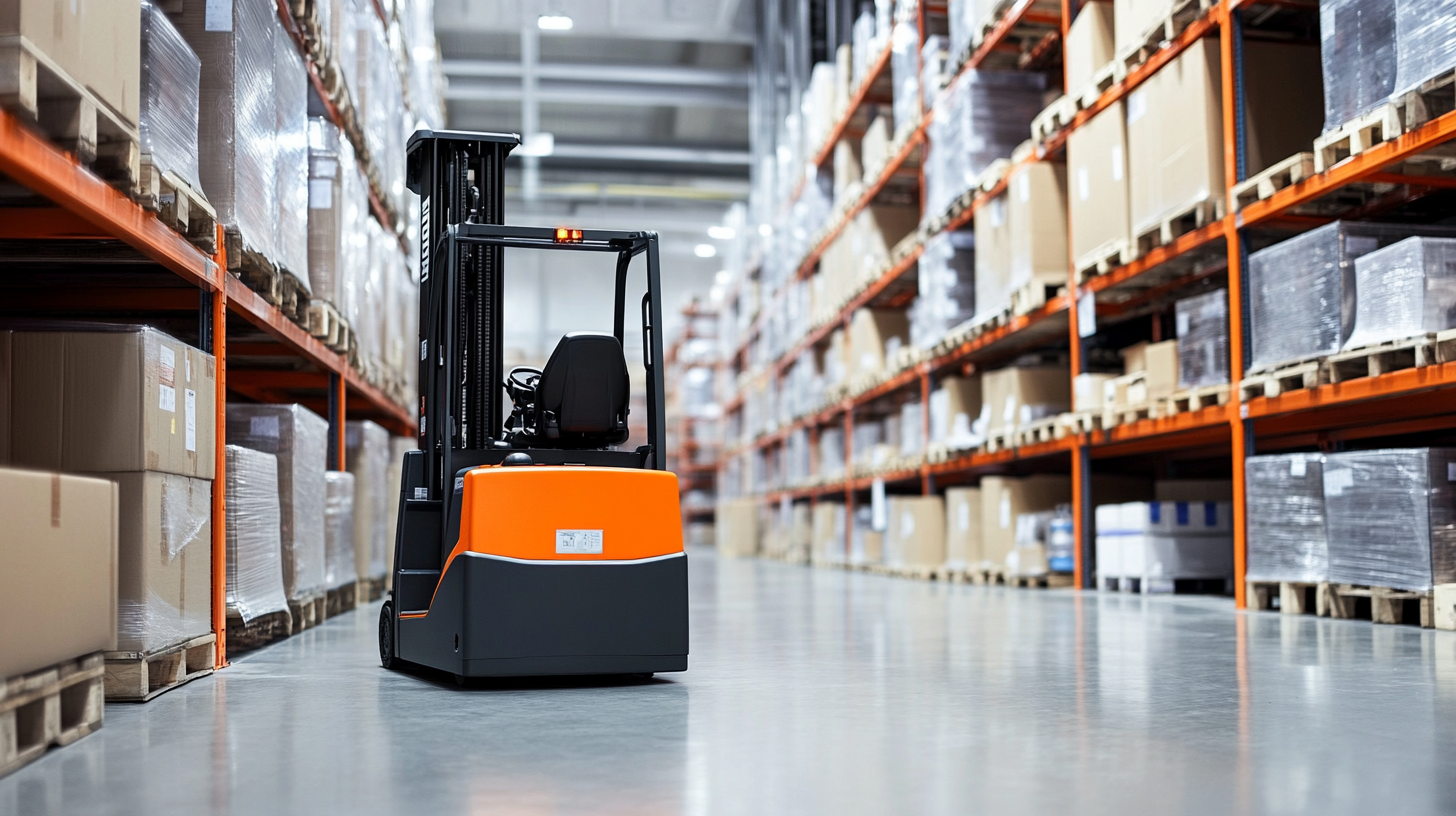
The evolving landscape of warehouse management calls for innovative strategies to maximize efficiency, particularly through the repurposing of equipment, such as used electric forklifts. As traditional warehouse operations transition to more automated and intelligent systems, organizations are increasingly recognizing the value of revitalizing existing assets. By transforming these forklifts into multifunctional tools, warehouses can optimize operations, reduce costs, and improve overall productivity.
Recent advancements in smart logistics solutions highlight the importance of creating a "logistics brain" that enhances coordination within warehouses. Implementing automated systems allows for seamless integration of repurposed equipment, enabling real-time data sharing and decision-making. This shift not only revamps the operational strategies but also helps warehouse managers balance cost efficiency with service quality, thereby responding effectively to peak demand during critical periods like major e-commerce sales events.
Moreover, repurposing equipment contributes to a more sustainable warehouse environment by extending the lifecycle of existing machinery. As companies strive to streamline operations while minimizing environmental impact, the trend towards smarter, integrated solutions emerges as a vital component of modern supply chain strategies, ensuring that warehouses are equipped to handle both current and future demands efficiently.
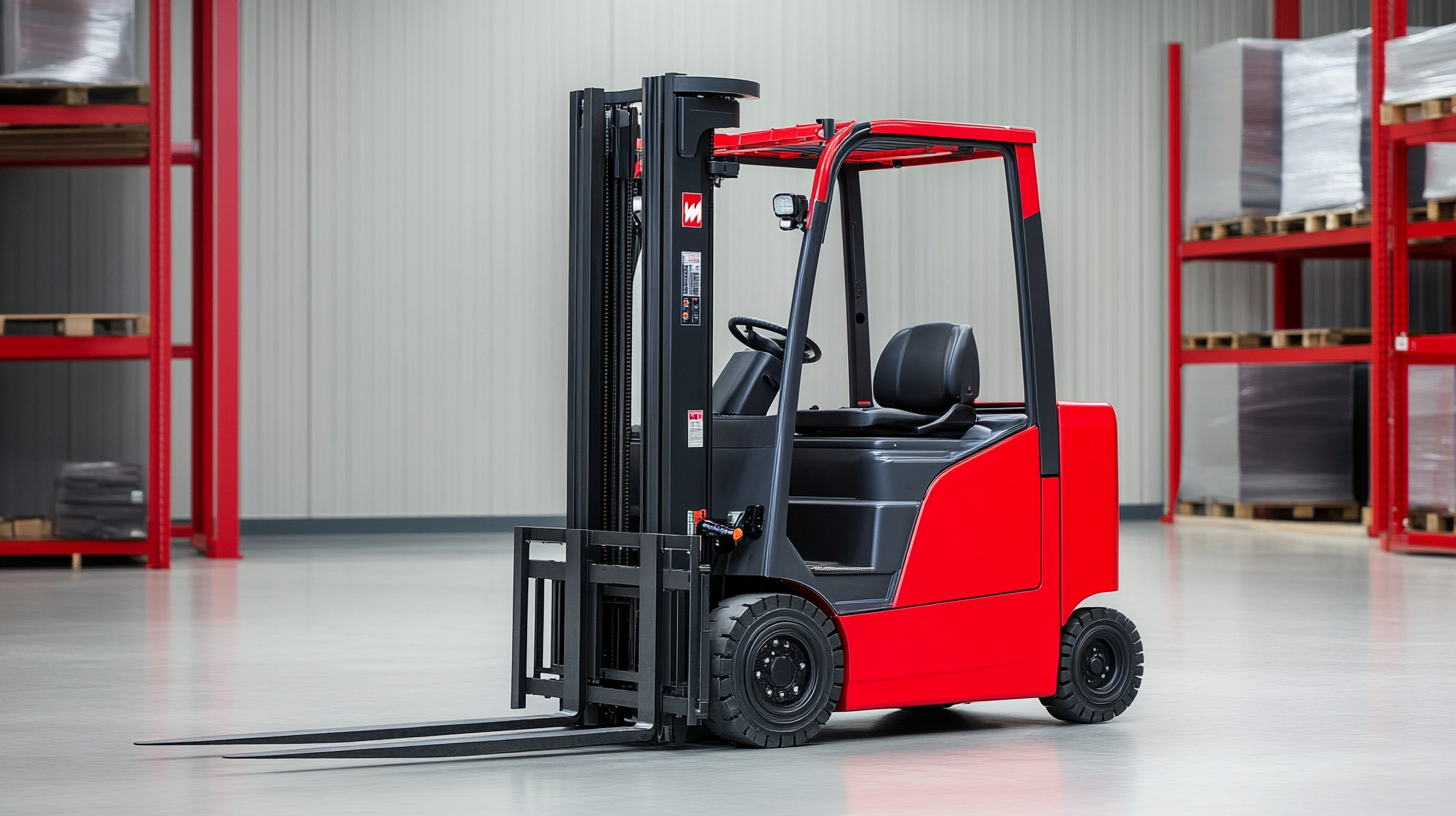
The incorporation of used electric forklifts into warehouse operations presents both innovative opportunities and significant challenges that need to be addressed for enhanced efficiency. One of the main hurdles in adopting these forklifts revolves around ensuring compatibility with existing systems and training personnel effectively. Reports indicate that operational inefficiencies often stem from inadequate training, resulting in a drop in productivity by up to 25%. It's essential for organizations to develop comprehensive training programs that not only cover forklift operation but also maintenance and safety protocols.
Moreover, the implementation of used forklifts can be hampered by regulatory compliance issues and the varying condition of equipment. According to industry experts, nearly 30% of businesses face challenges with equipment that does not meet their operational standards, which reduces reliability and increases operational risks. This underscores the importance of thorough inspections and a robust selection process when acquiring used equipment.
Additionally, addressing the lifecycle management of used forklifts is crucial. Organizations need to implement a lifecycle-informed approach to ensure that these vehicles remain efficient throughout their operational lifespan. By utilizing data analytics, companies can monitor performance and preemptively tackle issues before they escalate, thereby reducing downtime and maintenance costs. Enhanced data analytics can lead to a 15% improvement in operational efficiency, creating a more seamless integration of used forklifts into warehouse settings.
In conclusion, while the utilization of used electric forklifts presents challenges, proactive strategies focused on training, compliance, and lifecycle management can help organizations leverage these assets effectively, ultimately improving warehouse efficiency.
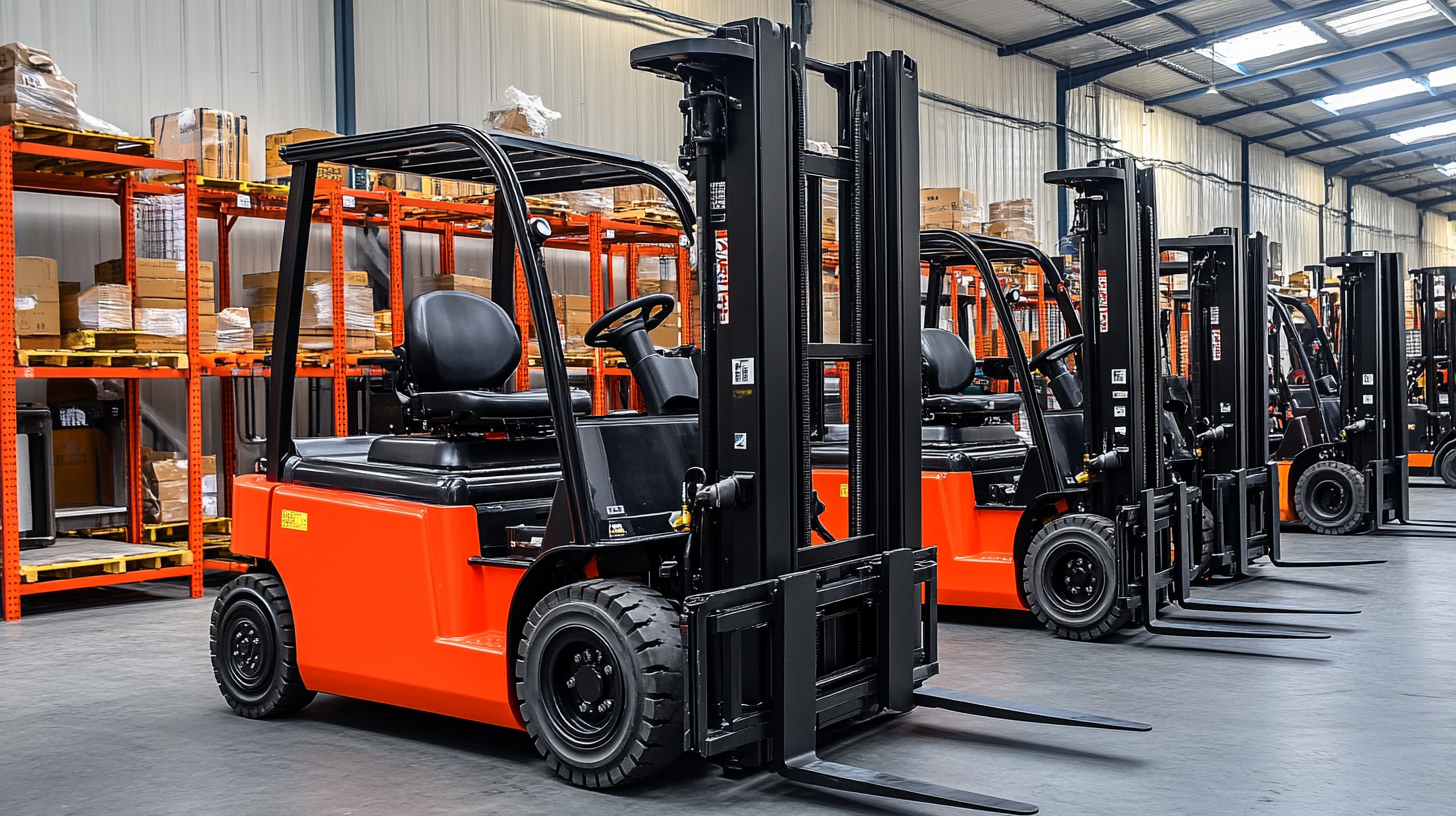
Used electric forklifts present a compelling opportunity for businesses looking to adopt sustainable practices while improving warehouse efficiency. According to a report by the Forklift Association, nearly 20% of all forklifts in operation are electric, and the market for used electric forklifts is projected to grow by 12% annually over the next five years. This indicates a strong acceptance and demand for electric alternatives, primarily driven by their environmental benefits and cost-effectiveness.
One of the primary sustainable benefits of utilizing used electric forklifts is their lower carbon footprint. Unlike their internal combustion counterparts, electric forklifts produce zero emissions, which contributes to cleaner warehouse environments. The Carbon Trust estimates that switching to electric forklifts can reduce a warehouse's carbon emissions by up to 33%. Furthermore, the batteries used in these forklifts can often be repurposed or recycled, minimizing waste and promoting circular economy principles.
Cost savings also play a significant role in the appeal of used electric forklifts. A study by the Material Handling Industry of America (MHIA) highlighted that electric forklifts have lower operational costs due to reduced energy consumption and maintenance needs. On average, businesses can save between $1,500 and $3,000 annually by operating electric models over diesel ones. As businesses continue to prioritize sustainability alongside profitability, the dual benefits of environmental responsibility and economic savings make used electric forklifts a viable choice for modern warehouses.
In today's fast-paced logistics landscape, innovative technologies are revolutionizing warehouse operations and extending the lifespan of equipment like electric forklifts. The introduction of the Maximo Application Suite 9.0 brings AI-powered features that enhance asset lifecycle management, allowing organizations to achieve unprecedented levels of reliability and efficiency. Companies can now leverage data analytics to predict equipment maintenance needs, reducing downtime and extending the usability of their electric forklifts.
Moreover, the partnership between KION Group AG, NVIDIA, and Accenture is paving the way for a new era in supply chain optimization. By integrating AI and digital twin technologies, businesses can better visualize and manage their warehouse ecosystems. This approach not only streamlines operations but also supports sustainability initiatives by minimizing energy use and waste, contributing to environmental goals. As warehouse automation continues to evolve, the implementation of smart technologies is essential for improving productivity and reducing operational costs.
Furthermore, as manufacturers adapt to a changing landscape, they recognize the value of sustainability in their operations. Strategies aimed at reducing the environmental impact of warehousing are becoming a priority. Companies are innovating to balance cost reductions with eco-friendly practices, thereby ensuring a resilient future for the industry. Embracing these innovations will be crucial for businesses seeking to thrive in an increasingly competitive market.
Content © 2025 Komatsu. All Rights Reserved
